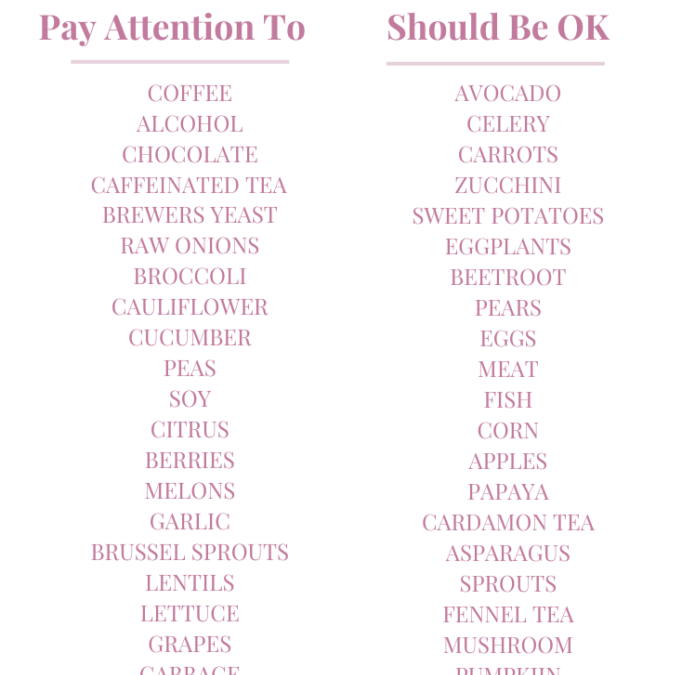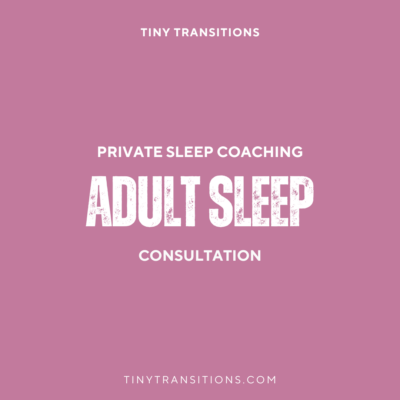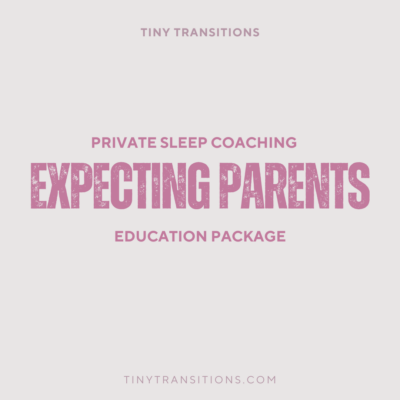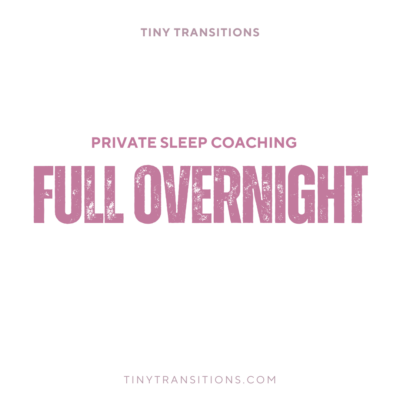Nap Transitions – Is now the right time?
As a parent, this is one of the 345 questions that run through your head on any given day about parenting. When is it time for a nap transition? Are they sleeping enough? Why are they not sleeping through the night? Are naps off? Why don’t they take their afternoon nap anymore? Hmmm, this nap suddenly got shorter… what’s going on?
Sound Familiar? Why Your Child is Taking Short Naps?
The signals to transition naps, structure naps, and align the day to support healthy sleep can be confusing. Sleep is a jigsaw puzzle that does need to be aligned to support restful and restorative sleep overnight. Below is a guide to help you make the jump from 3 to 2 naps or from 2 down to the amazing 1 nap a day, and do it with ease!
Transitioning from 3 to 2 Naps a Day
The transition from 3 naps a day to 2 naps a day usually happens naturally as your baby starts to be able to stay awake for longer stretches of time between sleep periods. Around the 5 month mark, most babies will slowly move from 2 hours of awake time to 3 hours of awake time by around 6 months old (for some babies it might take a bit longer). This can be done gently by adding 15 minutes to their awake time each week as long as they are tolerating it well. A sign that your baby might not quite be ready for the longer awake time is if they cry when put down for the nap, this often means that they are overtired and were stretched just a little too long between periods of sleep. As always, check out the AASM recommended hours of sleep needed for your child in a day.
As the time between sleep lengthens to 3 hours you will find that there is no longer time to squeeze in that third catnap by the end of the day. Bedtime may have to be moved a bit earlier on some days to accommodate this new schedule if your baby awakens too early from the second nap, but there’s no time for a third nap. You will know that your baby is ready for more awake time if they start to play for longer periods of time before falling asleep in the crib.
Parents often find that the 2 nap schedule allows for much more freedom to get out of the house and involve the baby in different activities, run errands, or attend appointments.
Sample 2-Nap Schedule for a Baby that is between 6 & 12 Months Old:
- 7:00 a.m. – Wake up for the day, eat
- 10:00 a.m. – 1st NAP (this time will vary but should be around 3 hours after waking up for the day) 11:30 a.m.
- 2:30 p.m. – 2nd NAP (again, roughly 3 hours after awakening from 1st nap)
- 6:30 p.m. – Start bedtime routine, including one last feed before bed
- 7:00 p.m. – Bedtime
Between 6 & 12 months, children need about 3 hours of awake time, 3 hours of daytime sleep, so you can customize your day to follow suit with those needs. If the baby takes a 2-hour nap at 10:00 am, then they take a 1-hour nap at 3:00 pm, make sense? Vice Versa, they take a 2-hour nap at 10:00 am and then a 1-hour nap at 3:00 pm, you still hit your goals and awake windows are perfect. Transitions are always a little tough, but by following these guidelines, getting there should be a little smoother and take about a week to align.
Transitioning from 2 to 1 Nap in a Day
The nap transition from 2 naps a day to 1 nap a day usually occurs sometime between 12 and 18 months for most babies. It can sometimes be difficult to tell when your baby is ready to make the switch from 2 naps a day to 1. There are a few signs that can signal that your baby is ready to make that switch and drop a nap:
- Your baby might begin to sleep longer for their morning nap and shorten their afternoon nap.
- Some babies who are ready to make the switch will start to play in their crib for the afternoon nap, and either not fall asleep at all, or fall asleep too late in the day and need to be woken up in order to preserve bedtime.
- Occasionally it is the morning nap that becomes the challenge, while the afternoon nap lengthens.
- They might suddenly protest one of the naps and fuss or cry for much longer than normal, or they don’t sleep the entire time.
- These issues may not occur every day, but if you find that they are occurring most of the time (4 to 5 times a week), then it is likely time to make the switch!
The nap transition from 2 naps to 1 is one of the hardest transitions they will make, and it can take them a few weeks adjusting to the change. In the beginning, they might be overtired and do some short naps, making it harder to stretch to their normal bedtime. Bumping bedtime earlier might be necessary on occasion while they are adjusting. Although it can be challenging, and tempting to sometimes give them 2 naps again, it is best not to go back and forth between 2 naps and 1 unless it’s something out of the norm, like a road trip to grandma’s – where avoiding overtired will be far more important. If your baby still seems tired at their normal naptime, just keep them busy. If your baby gets grumpy you can try distracting them by taking them outside, or by replacing the usual naptime with a snack time.
Making the Nap Transition to 1 Nap in a Day
- Start by moving your baby’s morning naptime later by half an hour (if they usually napped at 10:00 move it to 10:30), keep it at this time for 3 days, and let them sleep as long as they like, do not wake them. Do this for the next 3 days, another 30 minutes. So 10:30, 11:00, 11:30, 12:00, 12:30! For a 7:00 PM bedtime, the ideal nap would be 12:30-3:00 pm, then awake and in bed at 7:00 pm.
- Put your baby down for “quiet time” around 3:30 p.m. in order to take the edge off until bedtime. Sometimes giving them, even at 12 months a book or a non-stimulating toy can be helpful in this quiet period. I have some parents who also choose to read to the child as well. Some clients venture out and their child may dose off, especially in the car, and that’s ok. If they do take a short snooze, just wake them up by 4:00 p.m. at the latest so that bedtime is preserved. You don’t want to this be every day, as that will make the adjustment harder. You need to be consistent to get them there over the next few weeks to that single, LONG nap they need. If they do fall asleep after 4 PM, just adjust bedtime out to 3 hours from their awake time that day.
- If your baby did not sleep during quiet- time, during the adjustment period you will need to move bedtime up as early as 6:30 p.m. to prevent them from becoming overtired. (Don’t worry, it’s short term.)
As discussed above, after 3 days move the morning nap later by another half hour (11:00 a.m.) for 3 days. Follow the same advice for the afternoon quiet time and bedtime.
Lunchtime is a great distraction is now bumped up before the nap. It is normal for them to be very tired during lunch, they might even be nodding off the sleep while you try to get them fed! Again, temporary, just do your best during the transition. Naptime will likely hover between 12:15 p.m. and 12:45 p.m. for several months before gradually being pushed back to 12:45 p.m. Some toddlers stick with the earlier 12:30 p.m. nap as their optimal nap time.
Be patient throughout the process, this is a tough transition and can take a month or more for them to properly adjust. The child should be going to bed somewhere between 6:30 p.m. and 7:30 p.m. during the transition period. Transitions are always a little tough, but once we are there, a solid nap will be lovely to plan your day around and as with anything, life happens, don’t ever be afraid to bring up bedtime earlier if naps were particularly bad one day.
My name is Courtney Zentz, a Pediatric Sleep Consultant, Lactation Counselor and founder of Tiny Transitions. As an award-winning specialist, I and my team help exhausted parents teach their infants & toddlers to sleep well every night with gentle, customized solutions and both group and private coaching options, so your family can all be at their best. Based in Philadelphia / New Jersey, I work in-home and virtually around the world with families to provide the support that families need to all be at their best. Looking for support today? Join my sleep community here, where I provide weekly live training, content, and support on your parehttps://tinytransitions.com/communitynting journey.










